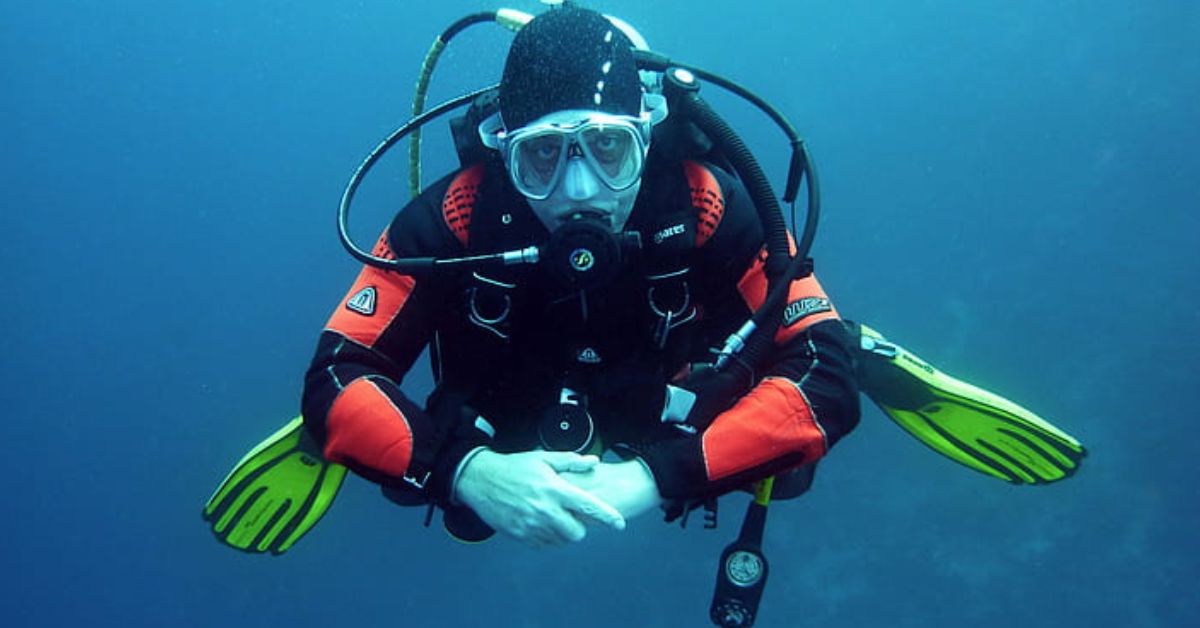Would you like to swim with tropical fish and view vibrant coral reefs? Go to the Caribbean! The greatest snorkeling islands are listed in this book. Beginners will find some locations excellent, while others are undiscovered treasures with a wealth of marine life. Prepare to locate your ideal snorkeling experience in the Caribbean!
Introduction
There’s more to the Caribbean than beaches; snorkeling is excellent there! There are riotous fish, vibrant coral reefs, and perhaps even a marine turtle. The Caribbean offers enough for snorkelers. Families will find peaceful areas, while more experienced snorkelers will find thrilling ones. Every island boasts a unique underwater ecosystem. Get ready to discover the best Caribbean snorkeling spots! We’ll show you family-friendly locations, undiscovered treasures, and all the information you need to organize your snorkeling adventure.
1. Top Caribbean Islands for Snorkeling
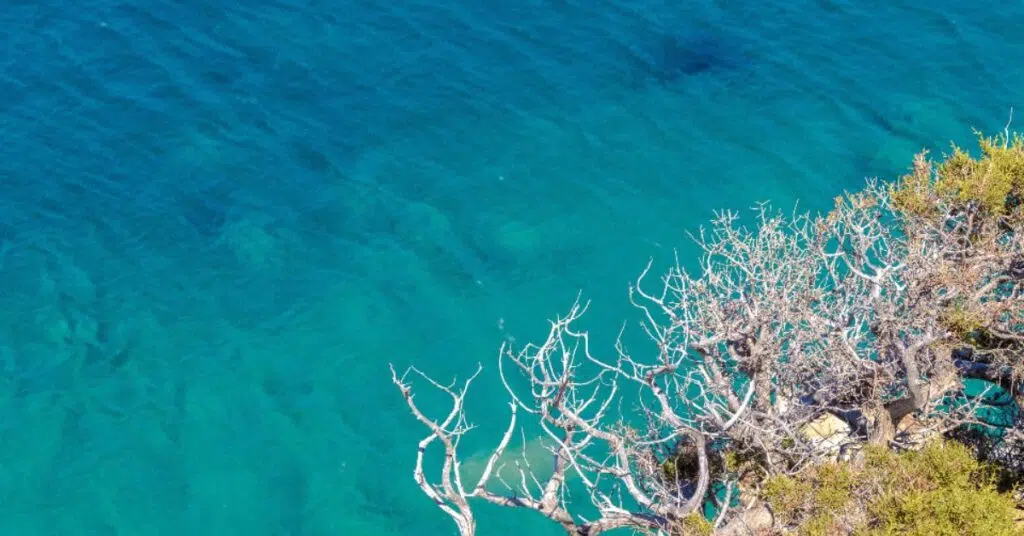
Great snorkeling spots abound in the Caribbean! Among the finest are these:
- Bonaire: Snorkeling abounds on this island. Fish abound near the coast, and there’s a designated park there to preserve the ocean.
- Curaçao: Snorkeling is offered in plenty on this island. Snorkelers with more experience can find intriguing locations as well as easy ones. See the Tugboat Wreck!
- Virgin Islands of the United States (St. John) Given that the majority of this island is a park, the water is immaculate. Amazing reefs are to be discovered, and at Trunk Bay, there’s an underwater route to follow.
- Turks & Caicos: These islands have one of the largest coral reefs on Earth! Fish of several hues are readily visible at Grace Bay Beach.
As every island is unique, you can select the one that suits you the best. Want a variety of experiences, a lot of different fish, or simple snorkeling? Find your ideal snorkeling location and discover more about each island by continuing to read!
2. Snorkeling for Beginners: Caribbean Islands Perfect for First-Timers

The Caribbean is a terrific location to start if you’ve never snorkeled before. These islands are excellent for novices:
- Grand Cayman: At a location known as Stingray City, you may snorkel among stingrays. Everybody may easily access the shallow water.
- Grenada: The Molinere Bay Underwater Sculpture Park has statues submerged. You may view a tonne of fish by snorkeling around them.
- Bahamas: There are many beautiful reefs to view and calm, clean water. A pig swimming might even be visible to you!
- Antigua and Barbuda: There are plenty of tranquil snorkeling spots on the several beaches here. Beginners will find the calm water simple.
Perfect for honing your snorkeling abilities are these islets. Many vibrant fish can be seen because the reefs are shallow and the water is clean. Your first time snorkeling will be fantastic!
3. Snorkeling from Shore: Accessible Caribbean Spots with Amazing Reefs
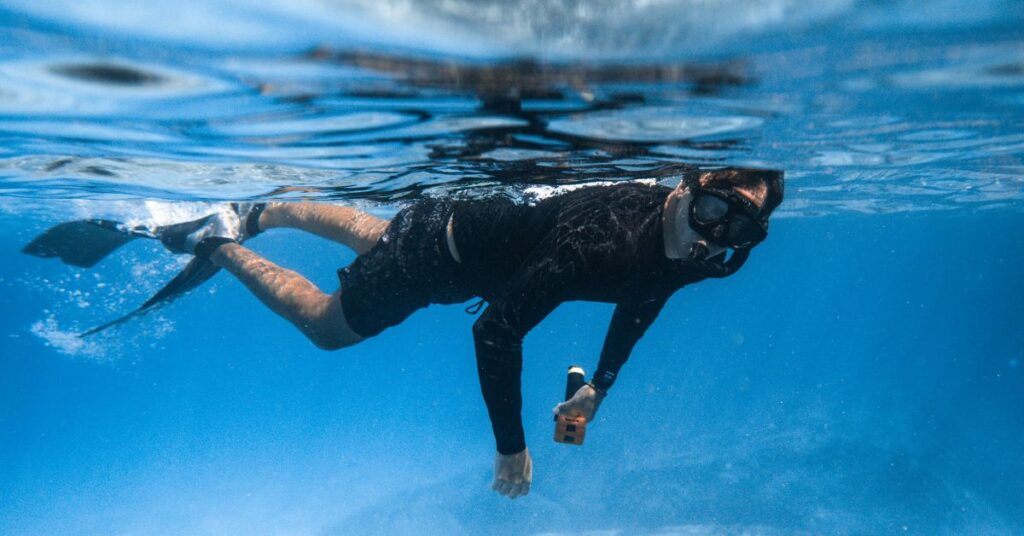
You can snorkel directly off the shore in several locations in the Caribbean! Among the finest are these:
- Smith Cove, on Grand Cayman, is a lovely, tranquil beach. On the reef are many vibrant fish to be seen. Walk right in and get snorkeling!
- Curaçao: Sea turtles can be swum with in Playa Lagun, a tiny beach. Along the rocks, you can also see a tonne of different marine life.
- Bonaire: There is excellent snorkeling practically everywhere on the island. A popular place is 1000 Steps Beach. Though it takes a lengthy stairs to reach the beach, it is well worth it!
- Shoal Bay East is a lengthy, peaceful beach on Anguilla. Exploration of the colorful reef is ideal. Families with novices will love it here.
These are just a few of the many snorkeling beaches in the Caribbean. Just grab your snorkel gear and dive right in—a boat is not necessary!
4. Family-Friendly Snorkeling: Caribbean Islands with Calm Waters and Kid-Approved Activities
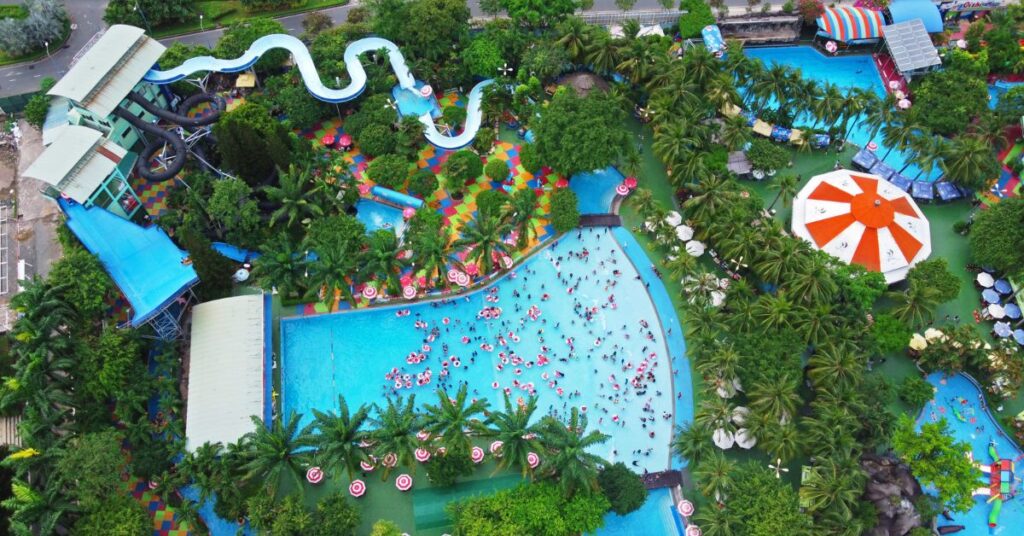
Taking children snorkeling in the Caribbean? Here are a few excellent destinations:
- St. Lucia: Families will love the tranquil ocean and mild currents of Anse Chastanet Marine Park. The reef is close to the shore and awash with colorful fish and other aquatic life.
- Barbados: Old shipwrecks at Carlisle Bay are home to turtles and seahorses. Kid snorkeling is made easy by the quiet, shallow water.
- British Virgin Islands: There are amazing boulders and secret pools at The Baths in Virgin Gorda. Finding sea life in these shallow places will be a delight for kids.
- Turks and Caicos: Brightly colored marine life abounds on the Bight Reef, which is close to Grace Bay Beach. There’s calm water, and the beach makes getting to the reef simple.
When children snorkel, always keep a tight eye on them and pick locations with calm water and lifeguards. Snorkeling can be a thrilling and enjoyable family experience with the proper location and some safety precautions!
5. Off-the-Beaten-Path Snorkeling: Discover Hidden Caribbean Gems
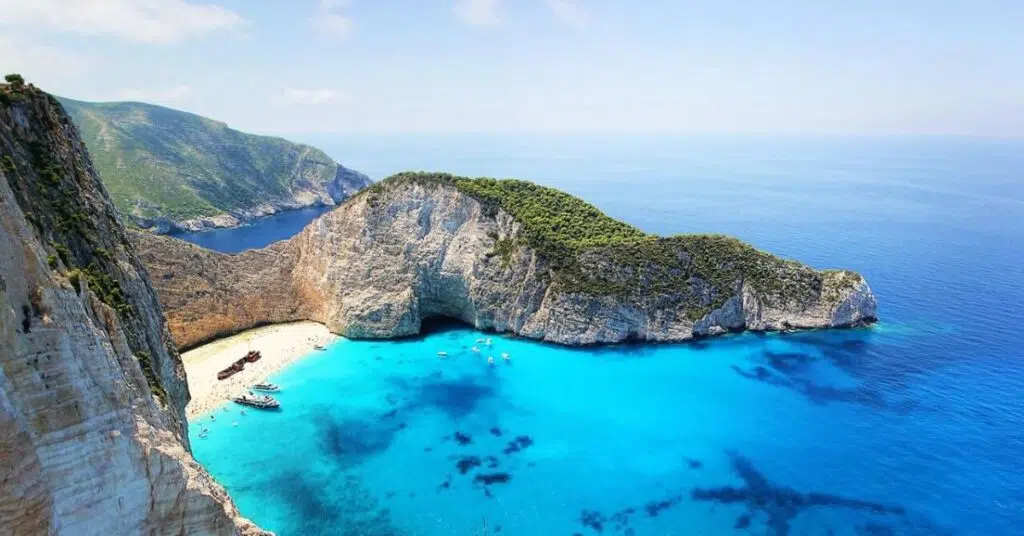
Would like to snorkel away from the throng? Discover some hidden places in the Caribbean!
- Saba: Adventure seekers who enjoy snorkeling would love this little island. Volcanoes create a different underwater environment where a multitude of marine life can be seen.
- Dominica: The water on this stunning island is incredibly pure. One unique spot where you can witness bubbles rising from the ocean’s bottom is Champagne Reef.
- Tobago: This little island boasts secluded beaches with vibrant corals. Beautiful Englishman’s Bay has calm water ideal for snorkeling.
- Bloody Bay Wall Marine Park is a unique feature of Little Cayman. Many varied water life calls this well-known location for snorkeling and diving home.
Though not well-known, these islands are unique for that reason. Less people, stunning reefs, and an amazing journey you won’t forget!
6. Caribbean Coral Reefs: Protecting and Exploring These Vital Ecosystems

Imagine yourself swimming through a vibrantly colored underwater metropolis! Coral reefs in the Caribbean are like that. They are important to maintaining the health of our planet as well as to being beautiful.
Everything from large fish like sharks and rays to microscopic ones you can hardly see calls coral reefs home. The coast is shielded from waves and storms by them functioning as walls. They even have some influence over the weather!
But there is a risk to these reefs. Warmer water, overfishing, and pollution are all harming them. We snorkelers need to look after these unique locations.
How? Choose tour operators that respect the reefs, avoid touching the coral, use environmentally friendly sunscreen, and support organizations that are attempting to preserve these reefs.
Carefully snorkeling allows us to take in these breathtaking underwater towns and ensure that they will be accessible to anyone in the future!
7. Snorkeling Tours in the Caribbean: Guided Adventures for All Levels
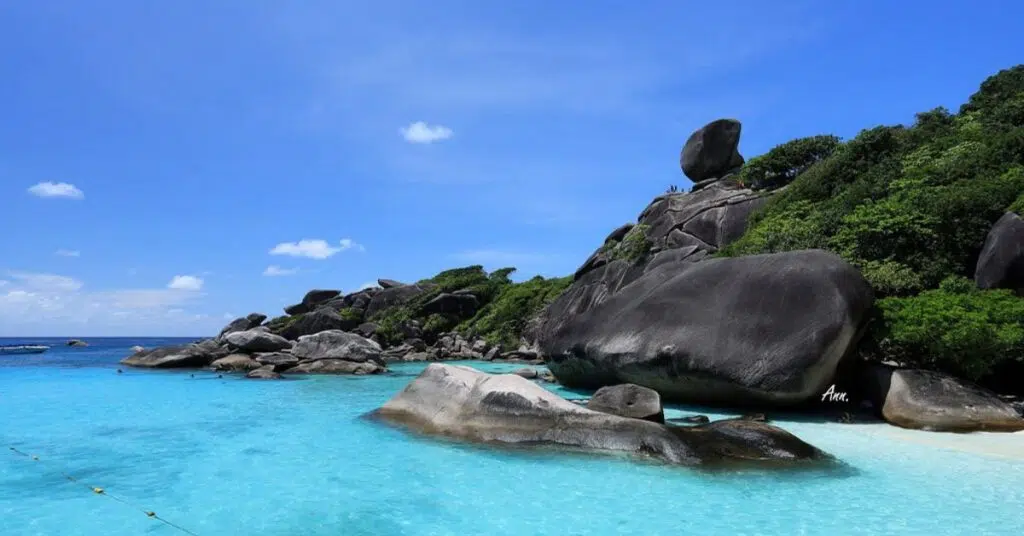
An excellent approach to seeing the underwater world of the Caribbean is to take a snorkeling tour, whether you’re new to the sport or wish to find secret spots only boats can reach. Tour guides are well-versed in the many coral reefs, marine creatures, and best spots.
They ensure you’re safe and supply all you need to snorkel, even occasionally food and drinks! Having the greatest time snorkeling is made simple with this method.
Tours abound in variety. Some take you to submerged caves or historic shipwrecks, while others concentrate on certain wildlife like stingrays or turtles.
Many trips have kid-friendly options with calm water and shallow sections. Certain trips take adults who have snorkeled before farther out or along the reef’s edge for an even greater experience.
Respectable tour operators constantly take care to ensure your safety and environmental impact. Investigate and choose a trip that has received positive feedback and is concerned about ocean preservation.
8. Island Hopping for Snorkeling: A Multi-Island Caribbean Itinerary
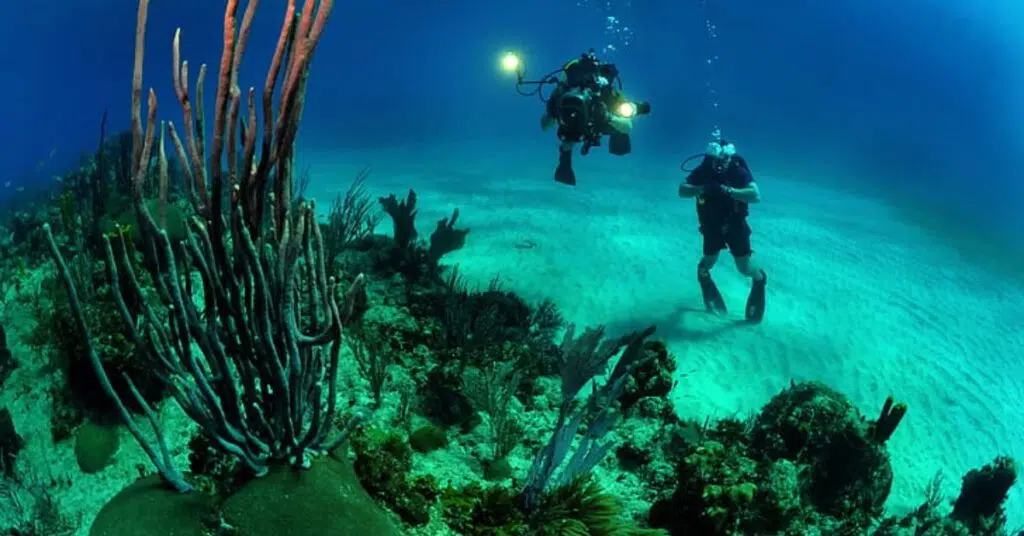
When there are so many underwater wonderlands to discover, why limit yourself to one island? Seeing how various snorkeling locations in the Caribbean may be made much more enjoyable by hopping from one island to another.
Consider this trip idea:
Start in St. Martin: With so many boats and planes available to transport you to other islands, this is a great spot to start. You can begin your adventure by snorkeling around Pinel Island or Creole Rock.
Next, board a boat to Anguilla: This island offers wonderful beaches and a quiet ocean. Snorkeling is excellent directly off the beach in Maundays Bay and Rendezvous Bay.
Fly next to St. Barts, an island with a little more glitz but still offering fantastic snorkeling spots like Gouverneur Beach and Colombier Beach.
And last, visit St. Kitts and Nevis by boat; these islands offer fascinating natural and historical features. At Sandy Point Town, snorkel around a shipwreck, or at Coconut Tree Reef in Nevis, observe volcanoes underwater.
When traveling during peak hours, especially, make reservations for your lodging and confirm the departure times of the boats and airlines. Island hopping can be a fantastic approach to experiencing the best snorkeling the Caribbean has to offer with a little preparation!
9. Best Time to Snorkel in the Caribbean: A Month-by-Month Guide
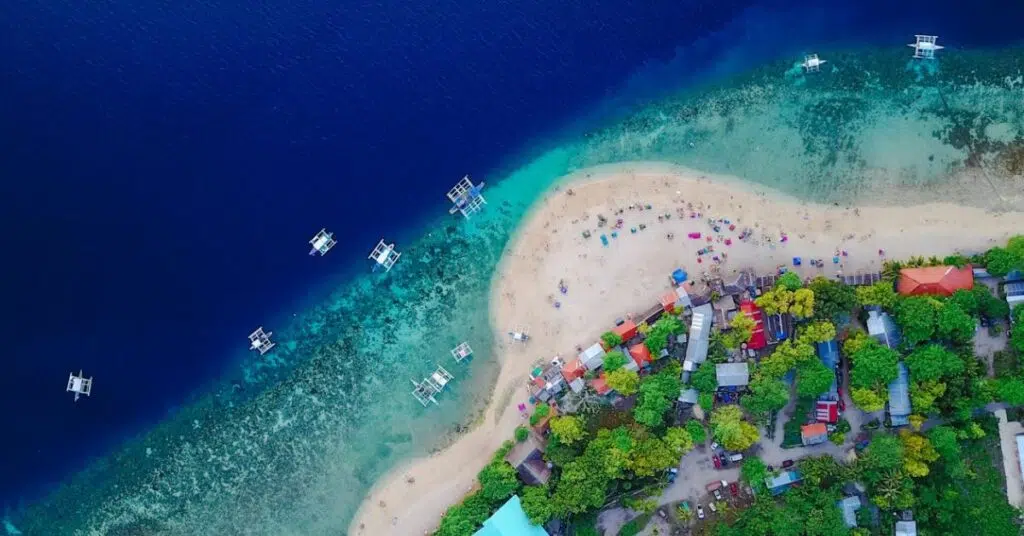
Though the Caribbean is warm all year round, certain months are better than others for snorkeling. Examining each period separately:
- December to April: This is the most active and most expensive time of year to visit. You can see under the water, though, and the weather is dry.
- May through June: This is the less crowded and less expensive time of year. It’s easy to see what lies below and the water is still warm.
- July through August These are sultry, muggy months when afternoons may bring rain. Check the weather before you go as this is also the time of year when hurricanes can occur.
- September through November: Fewer tourists mean lower prices during this time of year. But storms and rain are more likely.
- Go between December and April when it’s dry for the greatest snorkeling. Nonetheless, consider traveling in May or June if you want to save money and don’t mind fewer people.
Before you go, whatever time of year, find information about the area and check the weather!
10. Packing Essentials for Your Caribbean Snorkeling Trip

Easy packing for your Caribbean snorkeling vacation! A couple of items will enhance the enjoyment and comfort of your journey:
Snorkel Gear: Generally available for rent, your mask, snorkel, and fins will fit better and be cleaner.
A rash guard or wetsuit will protect your skin from the sun, irritating insects, and rubbing. You’ll stay toasty in cooler water with a short wetsuit.
Seaworthy Use sunscreen exclusively designed to protect coral. You benefit, and the water does too!
Bring an underwater camera or a phone cover specifically designed to capture images of vibrant fish and other interesting sights.
Your valuables will be safe and dry in a dry bag whether you’re at the beach or on a boat.
Wear a wide hat and sunglasses to shield yourself from the intensely hot Caribbean heat.
Bring a few finer items for evening outings and light, cool clothing for the warm weather. Remember any prescriptions and other necessities.
These items supplied will ensure that you have an incredible experience discovering the Caribbean’s underwater wonderland!
11. Caribbean Snorkeling Safety Tips: Staying Safe and Respecting the Environment

Though it’s great fun, snorkeling requires caution and respect for the environment. Here are some advice for having a fantastic snorkeling experience:
- Recognise Your Limits Swimming too far will wear you out. Retiring to the boat or the shore is OK.
- Buddy-System: To snorkel, always go with a friend and keep near them.
- Verify the conditions. Before you jump in, check the weather, tides, and waves.
- Keep Your Skin Healthy Wear a wetsuit or specific shirt to keep the sun and stings away from you. Apply coral-safe sunscreen.
- Drink a lot of water to stay refreshed, especially when it’s hot outside.
- Look, Don’t Touch: Take in the fish and other animals without getting your hands dirty. Coral can shatter quickly, so don’t walk on it either.
- Select Responsible Operators: Select tour operators who teach people how to conserve the ocean and who care about it.
You may enjoy yourself snorkeling and ensure that the undersea world is still stunning for future generations to enjoy by following this advice and being kind to the ocean!
Conclusion
Snorkeling is excellent in the Caribbean! Lovely reefs, a variety of marine life, and warm water abound there. It’s hardly unexpected that snorkelers adore it there.
There’s a Caribbean island out there for you whether you’re a novice snorkeler looking for calm seas or you’re up for a major experience like floating along an underwater wall.
The “best” island is a matter of taste and travel style. Read all of the options, pick your snorkeling equipment, and prepare to be amazed by the underwater environment. You have only begun your Caribbean snorkeling journey!
FAQ
1. For those who have never snorkeled before, which islands are ideal?
Beginners should love Grenada and Grand Cayman! Even if you’re not a very good swimmer, you can swim in shallow water with stingrays at a location in Grand Cayman known as Stingray City. A park of underwater sculptures in Grenada draws vibrant fish. Explore that cool site.
2. Can I locate decent snorkeling locations straight off the beach?
Yes! There’s fantastic snorkeling right next to the shore on many islands. Go to Smith Cove on Grand Cayman. Try Playa Lagun on Curaçao. And snorkeling is excellent on most of Bonaire’s beaches. You merely hop into the water and begin investigating the reefs!
3. Which islands are decent for family snorkeling?
Kids will love the quiet, shallow water and fascinating marine life of St. Lucia, Barbados, the British Virgin Islands, and Turks & Caicos. To keep everybody safe, choose beaches with mild waves and lifeguards.
4. I have snorkeled before. In what islands can you swim in the strangest places?
For something different, visit Little Cayman, Dominica, Tobago, or Saba. For snorkelers with experience, these islands’ less crowded reefs, cool underwater scenery, and abundance of diverse marine life will be thrilling.
5. When is the Caribbean’s ideal time to go snorkeling?
A quiet, clear water period is often between December and April. You can still visit in May, June, September, or November. Though there’s a little higher possibility of rain, it’s less expensive and less crowded then.
